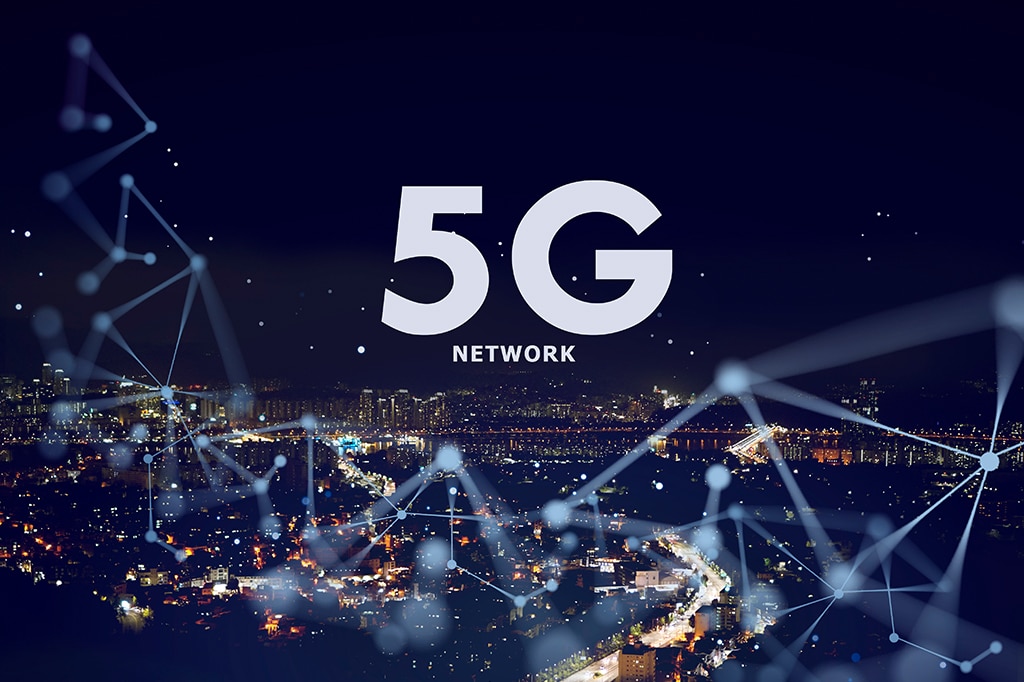Since the release of 5G technology, all US wireless operators have been very slowly deploying 5G networks. There are three reasons for this. The first includes a limited spectrum of resources available for 5G networks, the second is an inefficient deployment of 5G network equipment, and the third the lack of killer applications for 5G services. We often see in the media the use of the word fast to describe 5G speed. However, speed has nothing to do with the deployment of 5G wireless network in the United States.
For the last couple of years, the prospects of 5G wireless networks have been in the focus of a vast majority of media reports. However, most Americans do not experience the full potential of 5G. Although all major wireless operators in the United States have stated that their 5G services cover the entire United States, industry analysts said that this 5G service is not much different from 4G.
WHY IS 5G DEPLOYMENT IN THE U.S. SLOW?
It is a combination of multiple factors. Some of these issues involve network infrastructure and limited radio frequency bands that can take into account high-speed network transmission and signal coverage. New network equipment needs to be put on the shelves to deploy 5G networks, which is relatively inefficient. In addition, a lot of the new equipment is not produced in the United States, which means it takes longer to purchase and bring the equipment.
1. LIMITED BAND
5G networks mainly transmit data through low-band, mid-band, and high-band radio waves. High-frequency radio waves have the highest data transmission speed and the largest bandwidth. However, its coverage is the smallest. Low-frequency radio waves have wider coverage, but the transmission speed is the slowest. The mid-band radio waves are considered to be able to take into account coverage and transmission speed.
US carriers such as Verizon, AT&T, and T-Mobile stated that the 5G networks they have deployed reach more than 200 million Americans, claiming that their coverage is enough to meet the needs of the United States. However, most of these networks rely on low-band radio waves, which means that they have a limited transmission speed.
Wireless operators are currently focusing on acquiring mid-frequency bands and have invested a lot of bids for mid-frequency band resources.
However, the main problem facing these companies is that most of the mid-frequency bands are currently taken by the US government and its agencies, mainly for military communications, meteorological services, etc. So far, wireless operators can only use a small portion of the IF frequency band resources.
2. LACK OF KILLER APPLICATIONS
Craig Moffett of MoffettNathanson, a telecom industry research company, said that the three major advantages of 5G networks are that it has faster data transmission speeds (100 times faster than 4G), supports a large number of concurrent connections, and can significantly improve the speed of response between connected devices.
Moffett said: “There is no single revenue model that can be associated with these three advantages…It is not even clear whether consumers are willing to pay more for downloading videos faster”.
Moffett said that since 5G networks can seamlessly connect sensors and other IoT devices, companies are likely to be the first users of 5G services.
The use of 5G services by enterprises may appear in the form of deploying private 5G networks. He said that 5G networks “can be regarded as the next generation of Wi-Fi wireless networks that are faster and more secure, and can connect more devices.”
But Moffett said the question is, “Will wireless operators build private 5G networks used by enterprises?”
He said this is very important because if companies choose to deploy private 5G networks on their own, wireless operators may lose related revenue and cannot invest more in 5G infrastructure construction.
3. EQUIPMENT PROBLEM
5G networks extremely different from 4G, its because 5G networks transmit data in higher frequency bands. Upgrading 5G networks requires different technologies and equipment. Installing these new types of equipment to find suitable locations and obtaining permits. It will require digging roads to lay fiber optic cables. This will enable the transmission of data at high speeds between base stations.
Equipment availability is also a common problem for wireless operators. Today, there are only five major companies in the global network equipment supplier market. These companies are Nokia, Ericsson, Samsung, ZTE, and Huawei. Two of them are in China. One is in Finland, one is in Sweden, and one is in South Korea. All these suppliers are outside the U.S. and this is a problem. If that wasn’t enough, 5G network equipment requires computer chips and there is a shortage of supply.
CONCLUSION
The limited band, lack of killer apps, and equipment issues are technically extremely difficult issues to solve for the U.S. presently. The U.S. government is already using the feasible faster bands. Although it is trying to sell some, they can’t do much. Finally, the U.S. for security reasons can rely on Ericsson, Nokia, and Samsung even though that none of these companies is American.














